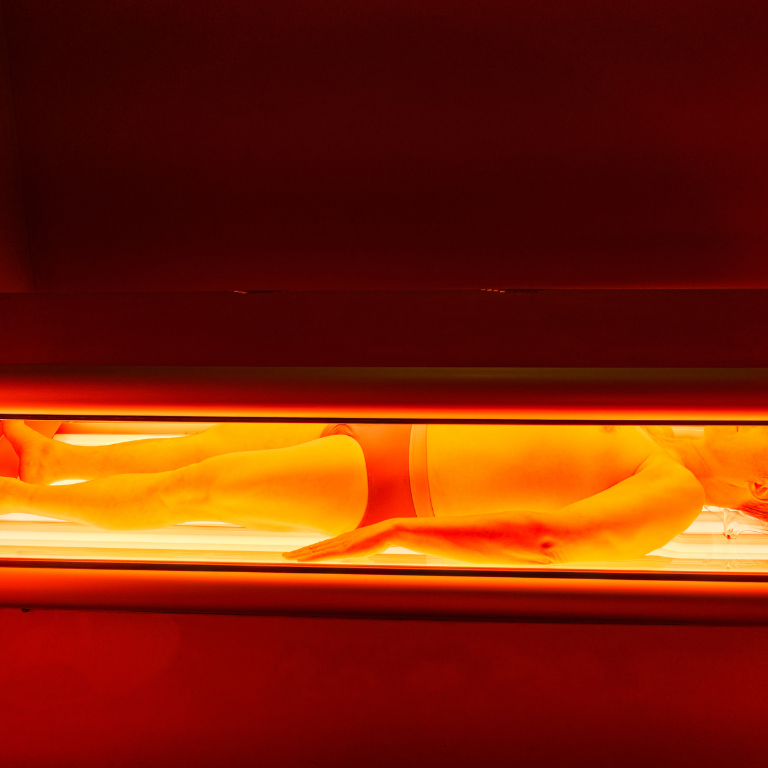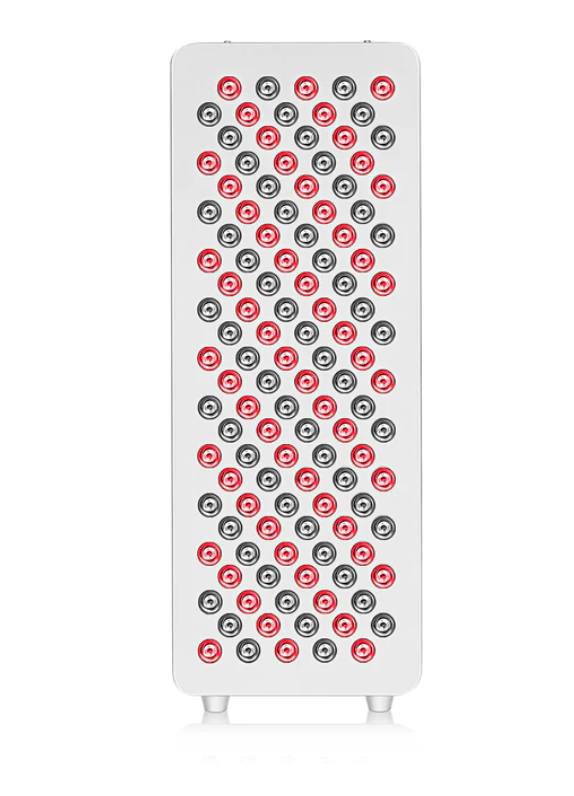Red light therapy can improve your sleep. It uses red light wavelengths to stimulate healing and promote restful sleep. Melatonin, the hormone that regulates sleep, can increase with red light therapy. Using it for 30 minutes a day can improve sleep quality.
Red light therapy can reduce inflammation and pain, which often causes sleep deprivation. It increases blood flow and promotes tissue repair. By reducing pain and inflammation, it can help you fall asleep and stay asleep.
Stress and anxiety can affect sleep. Red light therapy has a calming effect on the body, reducing stress and anxiety levels. It promotes relaxation and improves sleep quality and duration.
Red light therapy can regulate the circadian rhythm, which regulates sleep and wakefulness. It mimics natural sunlight, which is necessary for the circadian rhythm. Using it in the morning can reset your circadian rhythm, making it easier to sleep at night and wake up in the morning.
Blue light from electronic devices can disrupt the circadian rhythm and reduce melatonin production. Red light therapy can counteract the effects of blue light. Using it before bed can reduce the effects of blue light and promote restful sleep.
In conclusion, red light therapy is a non-invasive and natural way to improve your sleep. It increases melatonin production, reduces inflammation and pain, reduces stress and anxiety, improves your circadian rhythm, and reduces the effects of blue light. Using it for just 30 minutes a day can promote restful sleep and improve overall health and well-being.
For more information on red light therapy and how it can improve your health and wellbeing read this article Red Light Therapy Pros and Cons.
Another great resource is The Red Light Effect.







